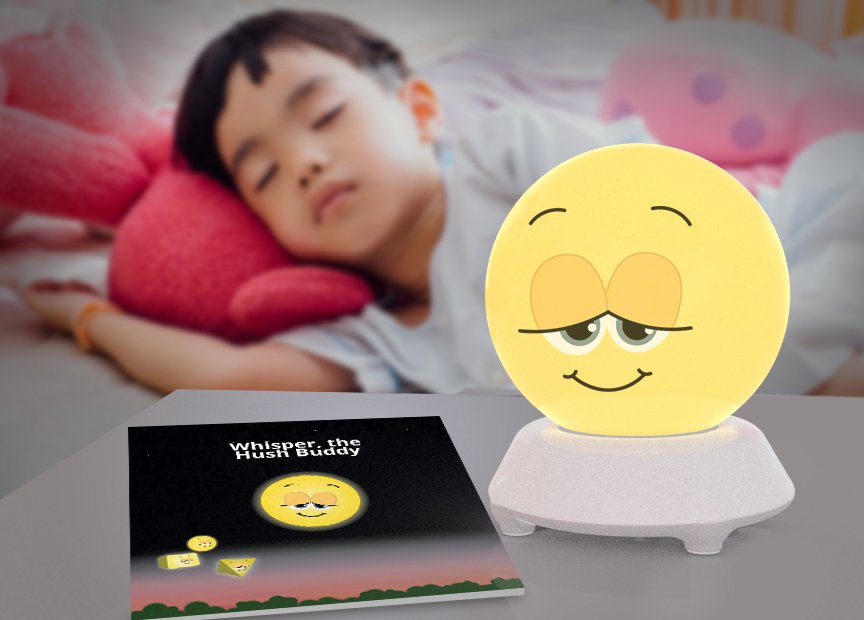Daylight Savings Time & Bedtime
4 ways to help your toddler adjust to the time change

By SCOTT HANSON
Whenever it’s time to “Spring Forward” and “Fall Back” in and out of Daylight Savings Time, the parents of small children shake their heads because they know what’s coming. They can already hear their child asking “Why do I have to go to bed when it’s still light out?”
At Hush Buddy, we’re devoted to helping toddlers get more sleep, so we advise parent to try one of these 4 strategies to help kids adjust. Just select whichever one is best for your family:
Option 1: Adjust Your Toddler Gradually
Begin the week before the time change and shift your child’s bedtime, wake time and nap time by 15 minutes a day. In the spring, you would shift all those time earlier. In the fall, you would be adjusting the time 15 minutes later each day.
So, in the spring, you’d gradually change an 8:00 bedtime to 7:00, and then when you move the clocks ahead an hour, Voila! Bedtime is back to 8:00.
Option 2: Tough it out
You’re likely to have a grumpy child for a while. But one option is to make the switch cold turkey. Some parents are forced to do this because the Daylight Savings Time change sneaks up on them. If that happened to you, you can make the best of it by doubling down on consistency. If you stick to your normal consistent bedtime routine throughout, your little one will adjust more quickly. When it doubt, consistency, consistency, consistency!
If you choose to tough it out, you might want to sharpen your bedtime skills. Our article How to Get Your Toddler to Sleep is a great place to start.
Option 3: Control the light in your child’s room
You can buy a set of black out curtains at just about any home improvement store, and blocking out the sun can help at night and naptime by helping your little one forget that it’s still light outside. You can still have warm, amber colored nightlights like Whisper, the Hush Buddy to help set a comforting environment. But you’ve removed the melatonin-blocking blue light from outside.
Conversely, when it’s time to be awake, open the curtains to let natural light in or turn on lights.
“Every morning, as soon as the sun rises, let all the bells in every church be set ringing; and if that is not sufficient, let cannon be fired in every street, to wake the sluggards effectually, and make them open their eyes to see their true interest.”
-Ben Franklin in a never published satiric piece on Daylight Savings Time
Option 4: Ignore the clock, follow the sun
If your little one doesn’t have to be up at a certain time, say, for preschool, then you have the freedom of simply ignoring what the clock says and following the sun. You’re keeping bedtime the same according to their body clock. In the spring, for example, bedtime and wake times would shift an hour later according to the clock on the wall, but be the same according to their body clock. You can then take your time to gradually adjust the times to whatever’s convenient for you.

As they curse Ben Franklin for promoting Daylight Savings Time, we remind parents that bedtime always benefits from consistency. Bedtime should be the same steps every night, done the same way every night. As we adjust the time, that’s even more important. Your child (and you!) will get more sleep as a result!
MORE SLEEP FOR YOUR TODDLER
(AND YOU!)


